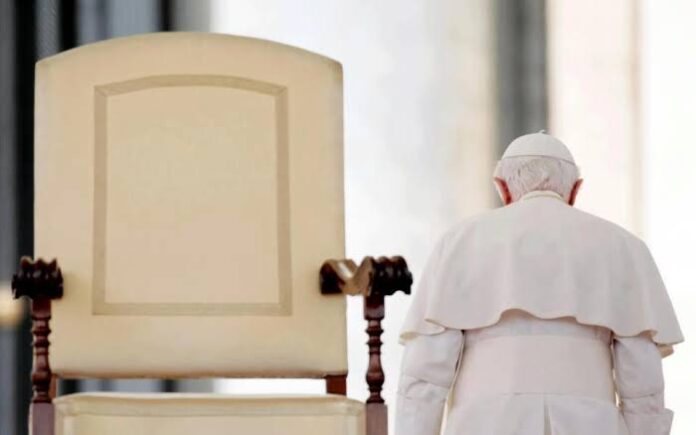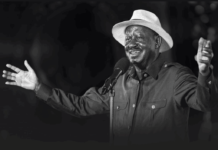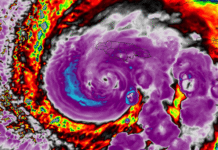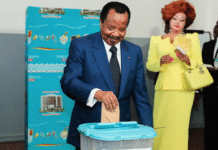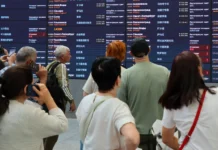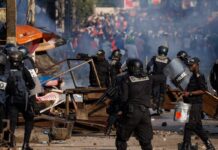The death of a pope marks a moment of profound mourning for the Catholic Church, as well as the beginning of a complex and centuries-old process known as sede vacante (Latin for “the seat being vacant”).
With the passing of Pope Francis, the world now turns its attention to what comes next for the Roman Catholic Church. Here’s a breakdown of the steps that unfold when a pope dies:
1. Official Confirmation and Public Announcement
The pope’s death is first confirmed by the camerlengo — currently Cardinal Kevin Farrell — who is responsible for verifying the death, typically by calling the pope by his baptismal name three times without response.
Once verified, the camerlengo announces the death to the world.
2. The Role of the Camerlengo
The camerlengo temporarily takes charge of the Vatican’s day-to-day operations. He seals the papal apartments, oversees the funeral preparations, and ensures that the Vatican’s administrative functions continue smoothly during the interregnum (the time between popes).
3. Nine Days of Mourning: The “Novemdiales”
Following the pope’s death, the Church observes nine official days of mourning, known as novemdiales. Daily Masses are held in St. Peter’s Basilica, and thousands of faithful pilgrims and dignitaries gather to pay their respects.
4. Papal Funeral and Burial
The pope is traditionally buried in a simple coffin after a solemn Requiem Mass in St. Peter’s Square. His body is usually interred in the Vatican Grottoes beneath the Basilica, alongside his predecessors. The funeral typically occurs within four to six days of death.
5. The Conclave Begins
After the mourning period, the College of Cardinals — all under the age of 80 — gathers in the Sistine Chapel to elect the new pope in a secretive and sacred process called the conclave.
- The cardinals are sequestered from the outside world.
- They vote in multiple rounds, up to four times a day.
- A two-thirds majority is required to elect a new pope.
6. The Famous Smoke Signals
After each round of voting, the ballots are burned in a special stove.
- Black smoke (fumata nera) signals no decision has been reached.
- White smoke (fumata bianca) indicates a new pope has been elected.
The announcement is usually followed by the Latin declaration: “Habemus Papam!” (“We have a pope!”).
7. Introduction of the New Pope
The newly elected pope is introduced from the balcony of St. Peter’s Basilica, where he gives his first blessing — Urbi et Orbi (“To the city and the world”).
He then begins the immense task of leading the Church’s 1.3 billion members around the globe.A









